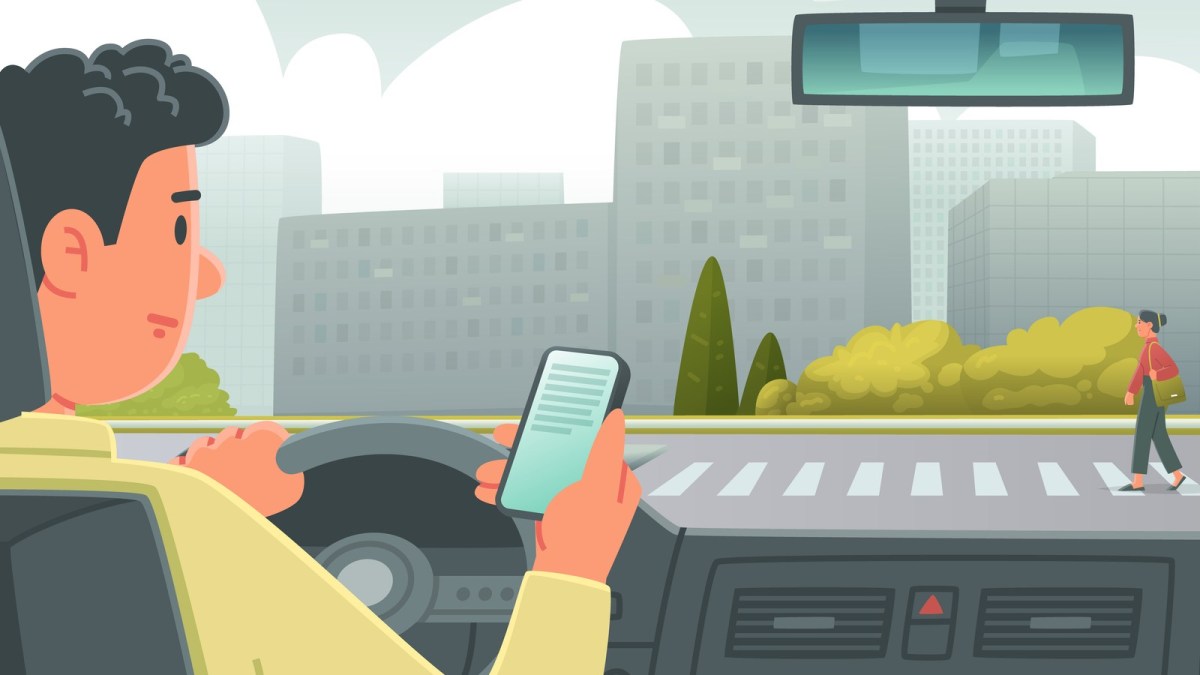And while many drivers may not realize it, distracted driving is actually more dangerous than most are willing to admit.
Distracted driving is a major problem on the roads today, with countless accidents and fatalities occurring as a result. The most common form of distraction while driving is the use of a cell phone, whether it be texting, talking, or even just glancing at notifications. However, there are many other distractions that can take a driver’s attention away from the road, such as eating, adjusting the radio, or even just daydreaming.
Despite the clear dangers of distracted driving, many drivers continue to engage in these behaviors, often underestimating the risks involved. It’s easy to think that quickly checking a text or taking a bite of food while driving is harmless, but the reality is that split-second distractions can have devastating consequences. In fact, studies have shown that distracted driving is just as dangerous, if not more so, than driving under the influence of alcohol or drugs.
One of the main reasons why distracted driving is so dangerous is that it impairs a driver’s ability to react quickly to changing road conditions. When a driver is distracted, their focus is not on the task at hand, which is operating a vehicle safely. This can lead to delayed reactions, missed signals, and an overall lack of awareness of what is happening around them. In a split-second situation where quick reflexes are needed to avoid a collision, a distracted driver may not be able to respond in time, putting themselves and others at risk.
Another reason why distracted driving is so dangerous is that it increases the likelihood of a driver making errors in judgment. When a driver’s attention is divided between multiple tasks, their decision-making abilities become compromised. They may not accurately assess the speed of oncoming traffic, the distance between vehicles, or the potential hazards on the road ahead. This can result in risky maneuvers, such as sudden lane changes or running red lights, that can lead to accidents.
Furthermore, distracted driving can also impact a driver’s ability to maintain control of their vehicle. When a driver is not fully focused on the road, they may drift out of their lane, fail to brake in time, or become disoriented while navigating a curve. This loss of control can easily escalate into a serious collision, especially at high speeds or in congested traffic.
Despite the dangers of distracted driving being well-documented, many drivers still engage in these risky behaviors on a daily basis. One of the main reasons for this is that people tend to underestimate their own susceptibility to accidents. They may believe they are skilled multitaskers or that they are capable of handling distractions while driving. However, the reality is that no one is immune to the dangers of distracted driving, and all it takes is one moment of inattention to cause a tragic accident.
In conclusion, distracted driving is a serious issue that poses a significant risk to drivers and others on the road. It impairs a driver’s ability to react quickly, make sound judgments, and maintain control of their vehicle, leading to a higher likelihood of accidents and injuries. While some drivers may downplay the dangers of distracted driving, the reality is that it is a major threat that must be taken seriously. By recognizing the risks involved and committing to driving without distractions, we can all do our part to make the roads safer for everyone.
